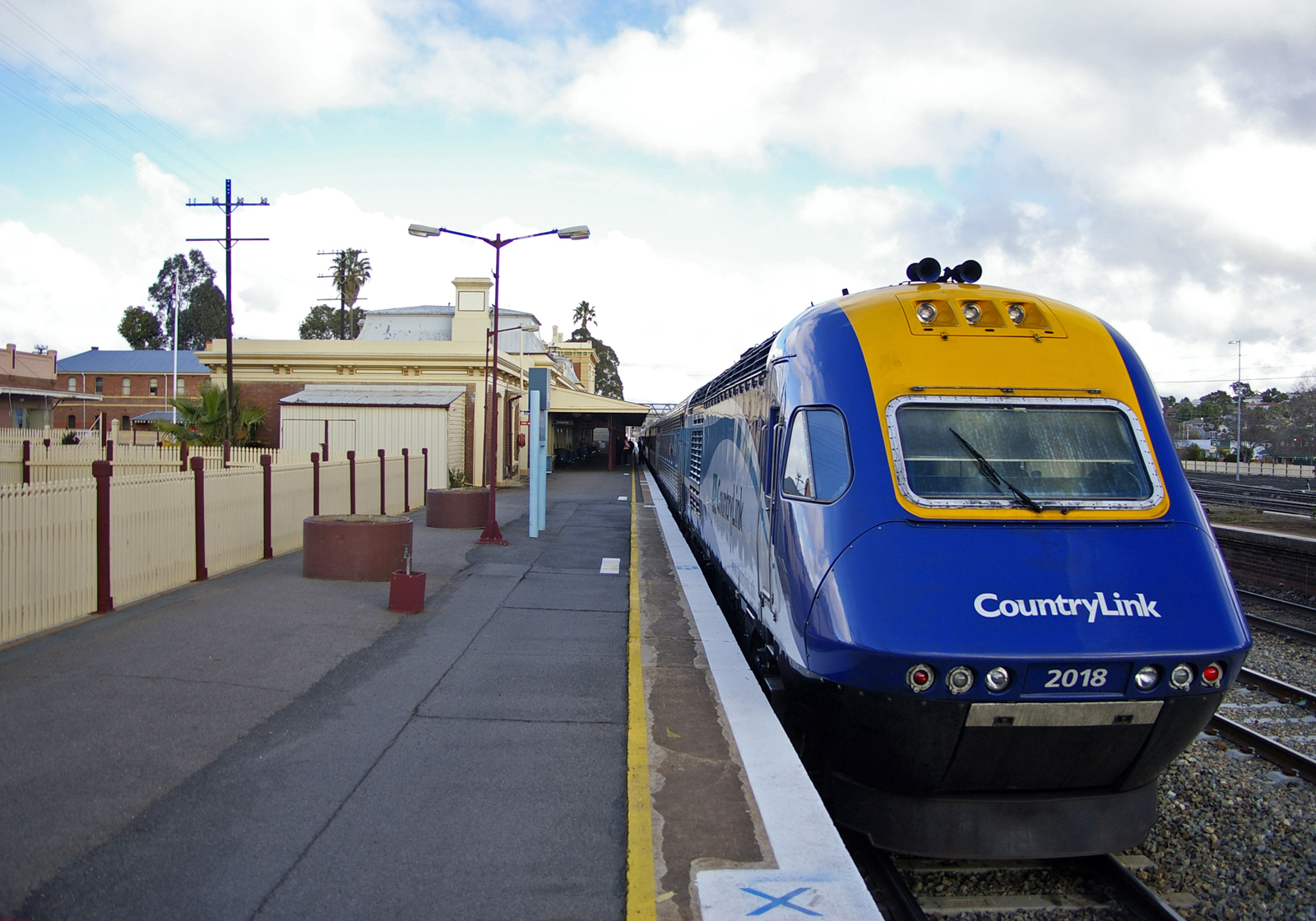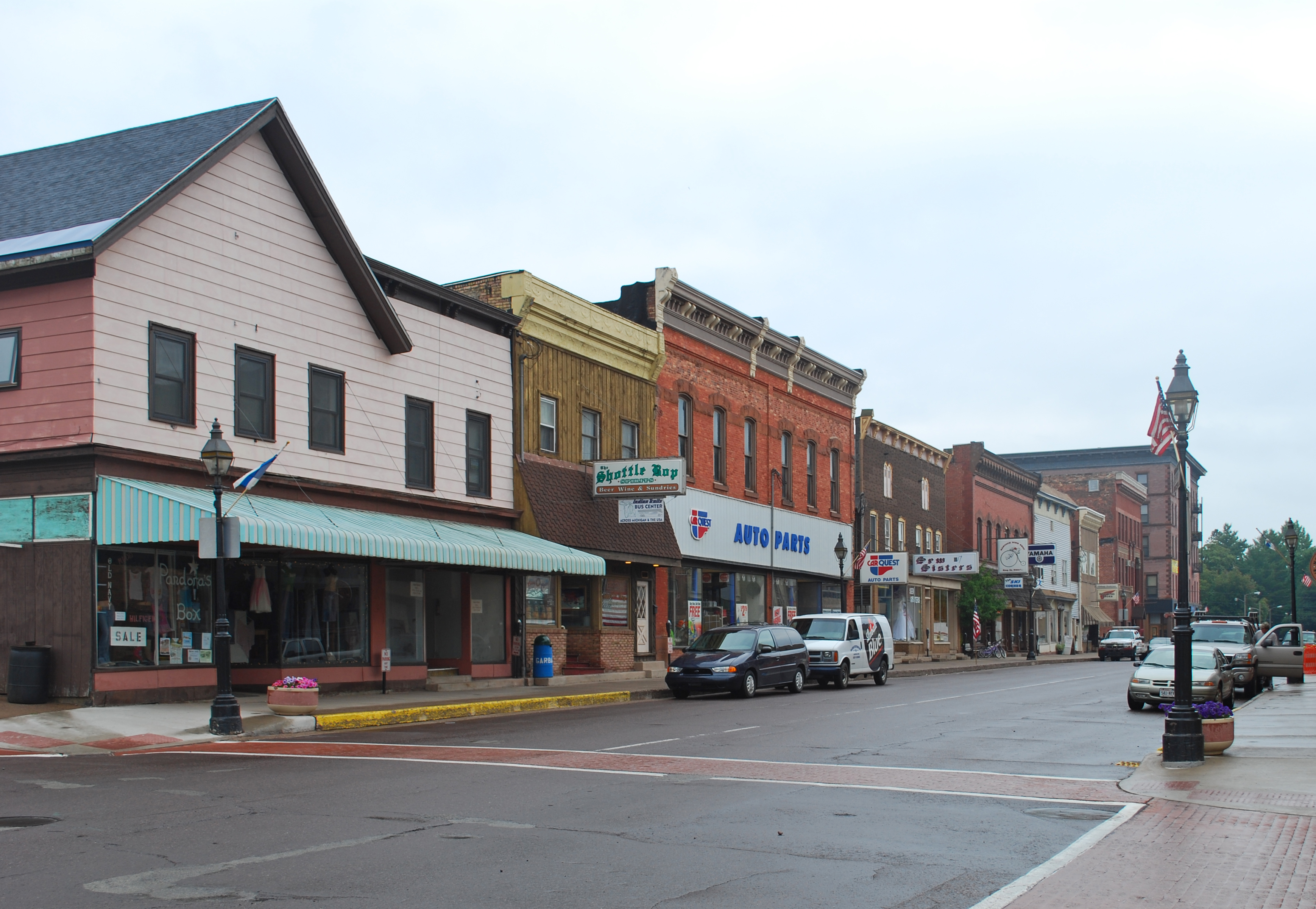|
Old Junee
Old Junee is a village community in the central east part of the Riverina and situated about 8 kilometres north west from Junee Junee () is a medium-sized town in the Riverina region of New South Wales, Australia. The town's prosperity and mixed services economy is based on a combination of agriculture, rail transport, light industry and government services, and in par ... and 16 kilometres east from Marrar. It was originally known as "Jewnee" Jewnee Post Office opened on 1 May 1862 and was renamed Old Junee in 1885 when the present town of Junee was given the name. The school at Old Junee was opened in 1880 and conducted in the old Methodist Church building under the name "Provisional School, Jewnee". A short time later Junee Junction, five miles distant, sprang up and so the name of this school and the village was, in 1885, changed from Jewnee to Old Junee. The school at Junee Junction is now known as Junee School. Mr Harry D. Balmain was the first tea ... [...More Info...] [...Related Items...] OR: [Wikipedia] [Google] [Baidu] |
Junee, New South Wales
Junee () is a medium-sized town in the Riverina region of New South Wales, Australia. The town's prosperity and mixed services economy is based on a combination of agriculture, rail transport, light industry and government services, and in particular correctional services. In 2021 Junee's urban population was . Place name One theory is that word ''Junee'' which originates from the Aboriginal word 'Junee' means "speak to me". Another theory is that it is an Aboriginal word "Choo-nee" meaning "frog". History The Wiradjuri people are the traditional owners of the local area prior to European settlement. Leopold de Salis (1816–1898), pastoralist and later politician was one of the first squatters to open up the Riverina region to grazing. He established the 'Junee' pastoral run in 1845. Leopold held the licence for this run for a total of three years. Other run licencees followed until Thomas Hammond and Richard Gwynne bought the licence in 1857. The Junee run progressively r ... [...More Info...] [...Related Items...] OR: [Wikipedia] [Google] [Baidu] |
Marrar, New South Wales
Marrar is a town in the central east part of the Riverina region of New South Wales. Australia. The town is situated about west of Old Junee and north of Downside. At the 2016 census, Marrar had a population of 368. Marrar Post Office opened on 1 April 1902. Sport The most popular sport in Marrar is Australian rules football, as it lies on the Canola Way, a geographical pocket stretching from the town to nearby Grong Grong, in which Australian football retains a strong following, despite New South Wales being a largely rugby league supporting state. The Marrar Football Club was founded in 1918 and won the Coolamon District Football Association premiership in its first year. The Marrar FC won three premierships in the South West Football League (New South Wales) in 1918, 1919 and 1923. The Marrar FC played in the South West Football League (New South Wales) from 1919 – 26, 1932, 1949–51, then played the Albury & District Football League's Reserve competition from ... [...More Info...] [...Related Items...] OR: [Wikipedia] [Google] [Baidu] |
Wagga Wagga
Wagga Wagga (; informally called Wagga) is a major regional city in the Riverina region of New South Wales, Australia. Straddling the Murrumbidgee River, with an urban population of more than 57,003 as of 2021, it is an important agricultural, military, and transport hub of Australia. The ninth largest inland city in Australia, Wagga Wagga is located midway between the two largest cities in Australia—Sydney and Melbourne—and is the major regional centre for the Riverina and South Western Slopes, South West Slopes regions. The central business district is focused around the commercial and recreational grid bounded by Best and Tarcutta Streets and the Murrumbidgee River and the Sturt Highway. The main shopping street of Wagga is Baylis Street which becomes Fitzmaurice Street at the northern end. Wagga is accessible from Sydney via the Sturt Highway, Sturt and Hume Highways, Adelaide via the Sturt Highway and Albury and Melbourne via the Olympic Highway and Hume Highway. Wagga i ... [...More Info...] [...Related Items...] OR: [Wikipedia] [Google] [Baidu] |
Clarendon County, New South Wales
Clarendon County is one of the 141 cadastral divisions of New South Wales. It contains the towns of Gundagai, Junee and Bethungra. The Murrumbidgee River is the boundary to the south. Clarendon County was named in honour of George William Frederick Villiers, 4th Earl Clarendon (1800–1870). Parishes within this county A full list of parishes found within this county; their current LGA LaGuardia Airport ( ) – colloquially known as LaGuardia or simply LGA – is a civil airport in East Elmhurst, Queens, New York City, situated on the northwestern shore of Long Island, bordering Flushing Bay. Covering , the facility wa ... and mapping coordinates to the approximate centre of each location is as follows: References {{Reflist Counties of New South Wales ... [...More Info...] [...Related Items...] OR: [Wikipedia] [Google] [Baidu] |
Electoral District Of Cootamundra
Cootamundra is an New South Wales Legislative Assembly electoral districts, electoral district of the New South Wales Legislative Assembly, Legislative Assembly in the Australian state of New South Wales. Cootamundra is a regional electorate encompassing the local government areas of Bland Shire, Narrandera Shire, Coolamon Shire, Temora Shire, Junee Shire, Weddin Shire, Cowra Shire, part of Hilltops Council and Cootamundra-Gundagai Regional Council. History Cootamundra first existed as an electorate from 1904 to 1941 and elected one member between 1904 and 1920 and between 1927 and 1941. It was created in the 1904 re-distribution of electorates following the 1903 New South Wales referendum, which required the number of members of the Legislative Assembly to be reduced from 125 to 90. It consisted of part of Electoral district of Murrumbidgee, The Murrumbidgee, and parts of the abolished seats of Electoral district of Gundagai, Gundagai, Electoral district of Wagga Wagga, Wagg ... [...More Info...] [...Related Items...] OR: [Wikipedia] [Google] [Baidu] |
Division Of Riverina
The Division of Riverina () is an Divisions of the Australian House of Representatives, Australian electoral division in the states and territories of Australia, state of New South Wales. It is located in southwest New South Wales and includes the city of Wagga Wagga. Geography Since 1984, federal electoral division boundaries in Australia have been determined at redistributions by a redistribution committee appointed by the Australian Electoral Commission. Redistributions occur for the boundaries of divisions in a particular state, and they occur every seven years, or sooner if a state's representation entitlement changes or when divisions of a state are malapportioned. The division is located in southwest New South Wales, generally in the Murrumbidgee River valley. Part of its eastern border from the border with the Australian Capital Territory. It includes the local government areas of City of Wagga Wagga, Wagga Wagga, Lockhart Shire, Snowy Valleys Council, Snowy Valleys, ... [...More Info...] [...Related Items...] OR: [Wikipedia] [Google] [Baidu] |
Riverina
The Riverina () is an agricultural list of regions in Australia, region of south-western New South Wales, Australia. The Riverina is distinguished from other Australian regions by the combination of flat plains, a climate with significant seasonal variation and an ample supply of water for irrigation. This combination has allowed the Riverina to develop into one of the most productive and agriculturally diverse areas of Australia. Bordered on the south by the state of Victoria, Australia, Victoria and on the east by the Great Dividing Range, the Riverina covers those areas of New South Wales in the Murray River, Murray and Murrumbidgee River, Murrumbidgee drainage zones to their confluence in the west. Home to Indigenous Australians, Aboriginal groups including the Wiradjuri people for over 40,000 years, the Riverina was colonised by European ethnic groups, Europeans in the mid-19th century as a grazing, pastoral region providing beef and wool to markets in Australia and beyond. ... [...More Info...] [...Related Items...] OR: [Wikipedia] [Google] [Baidu] |
Old Junee - Silos
Old or OLD may refer to: Places *Old, Baranya, Hungary *Old, Northamptonshire, England *Old Street station, a railway and tube station in London (station code OLD) *OLD, IATA code for Old Town Municipal Airport and Seaplane Base, Old Town, Maine, United States People *Old (surname) Music *OLD (band), a grindcore/industrial metal group * ''Old'' (Danny Brown album), a 2013 album by Danny Brown * ''Old'' (Starflyer 59 album), a 2003 album by Starflyer 59 * "Old" (song), a 1995 song by Machine Head *"Old", a 1982 song by Dexys Midnight Runners from ''Too-Rye-Ay'' Other uses * ''Old'' (film), a 2021 American thriller film *''Oxford Latin Dictionary'' *Online dating *Over-Locknut Distance (or Dimension), a measurement of a bicycle wheel and frame See also *Old age *List of people known as the Old *''Old LP'', a 2019 album by That Dog * * *Olde, a list of people with the surname *Olds (other) Olds may refer to: People * The olds, a jocular and irreverent online nick ... [...More Info...] [...Related Items...] OR: [Wikipedia] [Google] [Baidu] |
Towns In The Riverina
A town is a type of a human settlement, generally larger than a village but smaller than a city. The criteria for distinguishing a town vary globally, often depending on factors such as population size, economic character, administrative status, or historical significance. In some regions, towns are formally defined by legal charters or government designations, while in others, the term is used informally. Towns typically feature centralized services, infrastructure, and governance, such as municipal authorities, and serve as hubs for commerce, education, and cultural activities within their regions. The concept of a town varies culturally and legally. For example, in the United Kingdom, a town may historically derive its status from a market town designation or City status in the United Kingdom, royal charter, while in the United States, the term is often loosely applied to incorporated municipality, municipalities. In some countries, such as Australia and Canada, distinction ... [...More Info...] [...Related Items...] OR: [Wikipedia] [Google] [Baidu] |




